Home>Home Appliances>Laundry Appliances>How Many Amps Does A Washing Machine Use
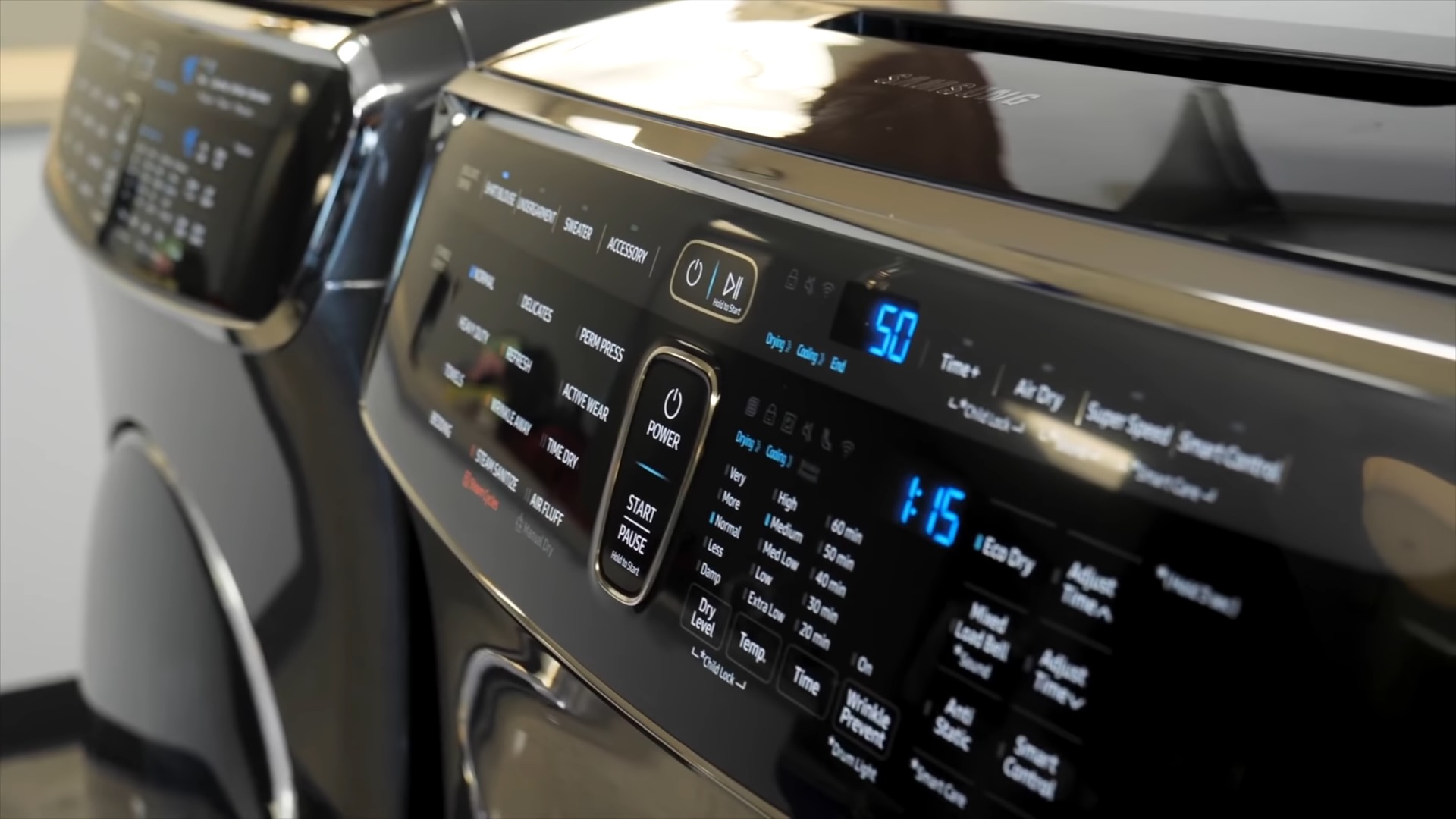

Laundry Appliances
How Many Amps Does A Washing Machine Use
Published: February 21, 2024
Discover the power usage of laundry appliances. Find out how many amps a washing machine uses and manage your energy consumption efficiently. Explore more laundry appliance tips!
(Many of the links in this article redirect to a specific reviewed product. Your purchase of these products through affiliate links helps to generate commission for Storables.com, at no extra cost. Learn more)
Introduction
Washing machines are indispensable appliances in modern households, simplifying the daunting task of laundry. However, have you ever wondered about the electrical aspects of these workhorses? Understanding the electrical consumption of a washing machine, particularly in terms of amperage, is crucial for ensuring efficient usage and preventing electrical issues.
In this comprehensive guide, we will delve into the intricacies of washing machine amperage, shedding light on the factors influencing amp usage and providing valuable tips for optimizing energy efficiency. By the end of this article, you will have a deeper understanding of how many amps a washing machine uses and how to make informed decisions to minimize energy consumption without compromising on laundry quality. So, let's embark on this enlightening journey into the world of washing machine amperage!
Key Takeaways:
- Understanding the electrical usage of washing machines, including amperage, helps homeowners make informed decisions for efficient and safe laundry care.
- Energy-efficient washing machines with high Energy Star ratings operate with lower amp usage, reducing energy costs and promoting a more sustainable lifestyle.
Read more: How Many Amps Does A Washer Use
Understanding Amps and Electrical Usage
When it comes to understanding the electrical consumption of a washing machine, it's essential to grasp the concept of amperage. Amps, short for amperes, represent the measure of electrical current flowing through a circuit. In the context of washing machines, amperage indicates the rate at which electricity is used during operation. This is a crucial aspect to consider, as it directly impacts energy consumption and electrical safety.
The amperage of a washing machine can vary depending on several factors, including the machine's size, type, and specific features. Generally, a standard household washing machine typically uses around 15 to 30 amps during its operation. However, it's important to note that this is a rough estimate, and the actual amperage can differ based on the specific model and its energy efficiency rating.
Understanding the electrical usage of a washing machine goes beyond simply knowing the amperage. It also involves considering the voltage and power consumption. Most washing machines in the United States operate on a 120-volt circuit, while some larger or commercial-grade machines may require a 240-volt circuit. The power consumption of a washing machine is measured in watts and can provide valuable insights into its energy efficiency.
In addition to the electrical specifications of the washing machine itself, it's crucial to be mindful of the electrical infrastructure in your home. Ensuring that the electrical circuit can safely accommodate the amperage and voltage requirements of the washing machine is essential for preventing electrical overloads and hazards.
By gaining a deeper understanding of amps and electrical usage in the context of washing machines, homeowners can make informed decisions regarding energy-efficient appliance usage and electrical safety. This knowledge empowers individuals to assess the electrical compatibility of washing machines, optimize energy consumption, and contribute to a safer and more sustainable home environment.
Factors Affecting Washing Machine Amps
Several factors play a pivotal role in determining the amperage of a washing machine. Understanding these factors is essential for gaining insights into the electrical requirements and energy consumption of these appliances.
-
Size and Capacity: The size and capacity of a washing machine significantly influence its amperage. Larger, high-capacity machines designed to handle substantial laundry loads often require higher amperage to power their robust motors and advanced features. Conversely, compact or smaller capacity machines may operate within a lower amperage range.
-
Type of Washing Machine: The type of washing machine, whether top-loading or front-loading, can impact its amperage. Front-loading machines, known for their energy efficiency and water-saving capabilities, may have slightly lower amperage requirements compared to traditional top-loading models. Additionally, high-efficiency washing machines, designed to minimize water and energy usage, often feature optimized electrical components that contribute to lower amperage consumption.
-
Energy Efficiency Rating: Washing machines with higher energy efficiency ratings tend to utilize lower amperage during operation. Advanced technologies such as inverter-driven motors and intelligent water heating systems contribute to reduced energy consumption, resulting in lower amperage requirements. When selecting a washing machine, considering its Energy Star rating and energy-saving features can provide valuable insights into its amperage efficiency.
-
Specific Features and Functions: The inclusion of specific features and functions in a washing machine can impact its amperage usage. Machines equipped with advanced settings such as steam cleaning, extended wash cycles, and variable spin speeds may require higher amperage to power these additional functionalities. Conversely, basic models with limited features may operate within a lower amperage range.
-
Age and Condition: The age and condition of a washing machine can influence its amperage requirements. Older machines with conventional motors and less efficient components may consume higher amperage compared to newer, technologically advanced models. Additionally, regular maintenance and upkeep of the washing machine can contribute to optimized electrical efficiency, potentially reducing its amperage usage over time.
By considering these factors, homeowners can make informed decisions when selecting a washing machine, taking into account its amperage requirements and energy efficiency. Understanding the interplay of these factors provides valuable insights into the electrical demands of washing machines, empowering individuals to optimize energy usage and make sustainable choices for their homes.
Check the label on your washing machine for the amp rating. Typically, a washing machine uses around 10-15 amps during a wash cycle. Be sure to use a dedicated circuit to avoid overloading.
Energy Efficiency and Amp Usage
Energy efficiency is a critical consideration when evaluating the amp usage of a washing machine. The relationship between energy efficiency and amperage directly impacts the operational costs and environmental impact of these essential appliances. Understanding how energy efficiency influences amp usage provides valuable insights for homeowners seeking to minimize energy consumption and reduce their carbon footprint.
Highly energy-efficient washing machines are designed to operate with optimized electrical components, resulting in lower amp usage during their cycles. These machines often incorporate advanced technologies such as inverter-driven motors, intelligent water heating systems, and sensor-based load detection. These innovations contribute to reduced energy consumption, translating to lower amperage requirements without compromising performance.
The Energy Star rating system serves as a valuable indicator of a washing machine's energy efficiency and its corresponding amp usage. Appliances with higher Energy Star ratings are engineered to deliver superior energy performance, utilizing innovative features to minimize electricity consumption. By selecting a washing machine with a high Energy Star rating, homeowners can effectively reduce amp usage while benefiting from lower utility bills and environmental sustainability.
In addition to technological advancements, the design and construction of energy-efficient washing machines play a pivotal role in minimizing amp usage. Front-loading machines, renowned for their energy efficiency and water-saving capabilities, often operate with lower amperage requirements compared to traditional top-loading models. The efficient use of water and energy, coupled with optimized electrical components, contributes to reduced amp usage, making front-loading machines an attractive choice for environmentally conscious consumers.
Furthermore, the implementation of advanced washing cycles and temperature control features in energy-efficient machines enhances their ability to operate within lower amp ranges. By leveraging innovative settings such as quick wash cycles, eco-friendly modes, and adaptive temperature controls, these appliances effectively reduce energy consumption, resulting in lower amp usage without compromising the quality of the laundry process.
By prioritizing energy efficiency when selecting a washing machine, homeowners can make a tangible impact on their energy consumption and electrical demands. The symbiotic relationship between energy efficiency and amp usage underscores the importance of embracing sustainable technologies and making informed choices to promote a greener, more energy-efficient future.
In summary, energy efficiency and amp usage are intricately linked, with energy-efficient washing machines demonstrating lower amp requirements due to their advanced technologies, innovative design, and environmentally conscious features. By embracing energy-efficient appliances, homeowners can effectively reduce their amp usage, lower their energy costs, and contribute to a more sustainable and eco-friendly lifestyle.
Tips for Reducing Washing Machine Amps Usage
-
Opt for Energy-Efficient Models: When purchasing a new washing machine, prioritize energy-efficient models with high Energy Star ratings. These appliances are designed to operate with lower amp usage, contributing to reduced energy consumption and lower utility costs.
-
Utilize Eco-Friendly Wash Cycles: Take advantage of eco-friendly wash cycles and settings offered by modern washing machines. These specialized cycles are optimized to minimize energy usage and water consumption, resulting in lower amp requirements during operation.
-
Avoid Overloading the Machine: Overloading the washing machine can lead to increased energy demands and higher amp usage. Follow the manufacturer's guidelines regarding load capacity to ensure optimal energy efficiency and reduced electrical consumption.
-
Maintain Regular Maintenance: Keep the washing machine in optimal condition through regular maintenance and upkeep. Clean the lint traps, inspect the hoses for any blockages, and ensure the machine's components are functioning efficiently. Well-maintained machines are more likely to operate within lower amp ranges.
-
Optimize Water Temperature: Adjust the water temperature settings based on the laundry requirements. Using cold water for certain wash loads can contribute to lower energy consumption and reduced amp usage, promoting energy efficiency without compromising cleaning performance.
-
Consider Off-Peak Energy Usage: Take advantage of off-peak energy hours to run the washing machine. By scheduling laundry cycles during off-peak periods, homeowners can potentially benefit from lower energy rates, reducing overall electricity costs and minimizing amp usage.
-
Upgrade to Low-Flow Showerheads: Installing low-flow showerheads can contribute to water conservation, indirectly impacting the energy efficiency of the washing machine. By conserving water, homeowners can reduce the energy required to heat water for laundry, potentially leading to lower amp usage.
-
Air Dry Clothing: Whenever possible, opt for air drying clothing instead of using the dryer. By reducing the frequency of dryer usage, homeowners can indirectly lower their overall energy consumption, potentially impacting the amp usage of the washing machine over time.
By implementing these practical tips, homeowners can effectively reduce the amp usage of their washing machines, promoting energy efficiency, and contributing to a more sustainable and cost-effective approach to laundry care.
Read more: How Many Volts Does A Washing Machine Use
Conclusion
In conclusion, understanding the amperage and electrical usage of washing machines is essential for homeowners seeking to optimize energy efficiency, minimize electrical consumption, and make informed appliance choices. The intricate relationship between amperage, energy efficiency, and operational factors underscores the importance of embracing sustainable technologies and mindful usage practices.
By delving into the factors influencing washing machine amperage, we have gained valuable insights into the diverse considerations that impact electrical demands. The size and capacity of the machine, its type, energy efficiency rating, specific features, and the age and condition collectively contribute to the overall amperage requirements. This comprehensive understanding empowers homeowners to make informed decisions when selecting a washing machine, aligning their choices with energy-efficient and sustainable practices.
The symbiotic relationship between energy efficiency and amp usage highlights the pivotal role of advanced technologies and eco-friendly design in minimizing electrical demands. Energy-efficient washing machines, characterized by innovative features and optimized components, operate within lower amp ranges, contributing to reduced energy consumption and lower utility costs. By prioritizing energy efficiency and leveraging eco-friendly wash cycles, homeowners can effectively lower the amp usage of their washing machines while promoting environmental sustainability.
Furthermore, the practical tips for reducing washing machine amp usage provide actionable strategies for homeowners to implement in their daily laundry routines. From opting for energy-efficient models to utilizing eco-friendly wash cycles and maintaining regular upkeep, these tips offer tangible pathways to lower electrical consumption and enhance energy efficiency.
In essence, the journey into the realm of washing machine amperage has illuminated the significance of making conscious choices to minimize energy consumption and reduce amp usage. By embracing energy-efficient appliances, adopting sustainable usage practices, and prioritizing environmental responsibility, homeowners can contribute to a greener, more energy-efficient future while enjoying the convenience of modern laundry care.
As we conclude this enlightening exploration, it is evident that the quest for energy efficiency and reduced amp usage in washing machines is not merely a technical endeavor but a conscious commitment to sustainable living and responsible energy consumption. Through informed decisions and mindful practices, homeowners can embark on a transformative journey towards a more energy-efficient and environmentally conscious approach to laundry care.
Frequently Asked Questions about How Many Amps Does A Washing Machine Use
Was this page helpful?
At Storables.com, we guarantee accurate and reliable information. Our content, validated by Expert Board Contributors, is crafted following stringent Editorial Policies. We're committed to providing you with well-researched, expert-backed insights for all your informational needs.
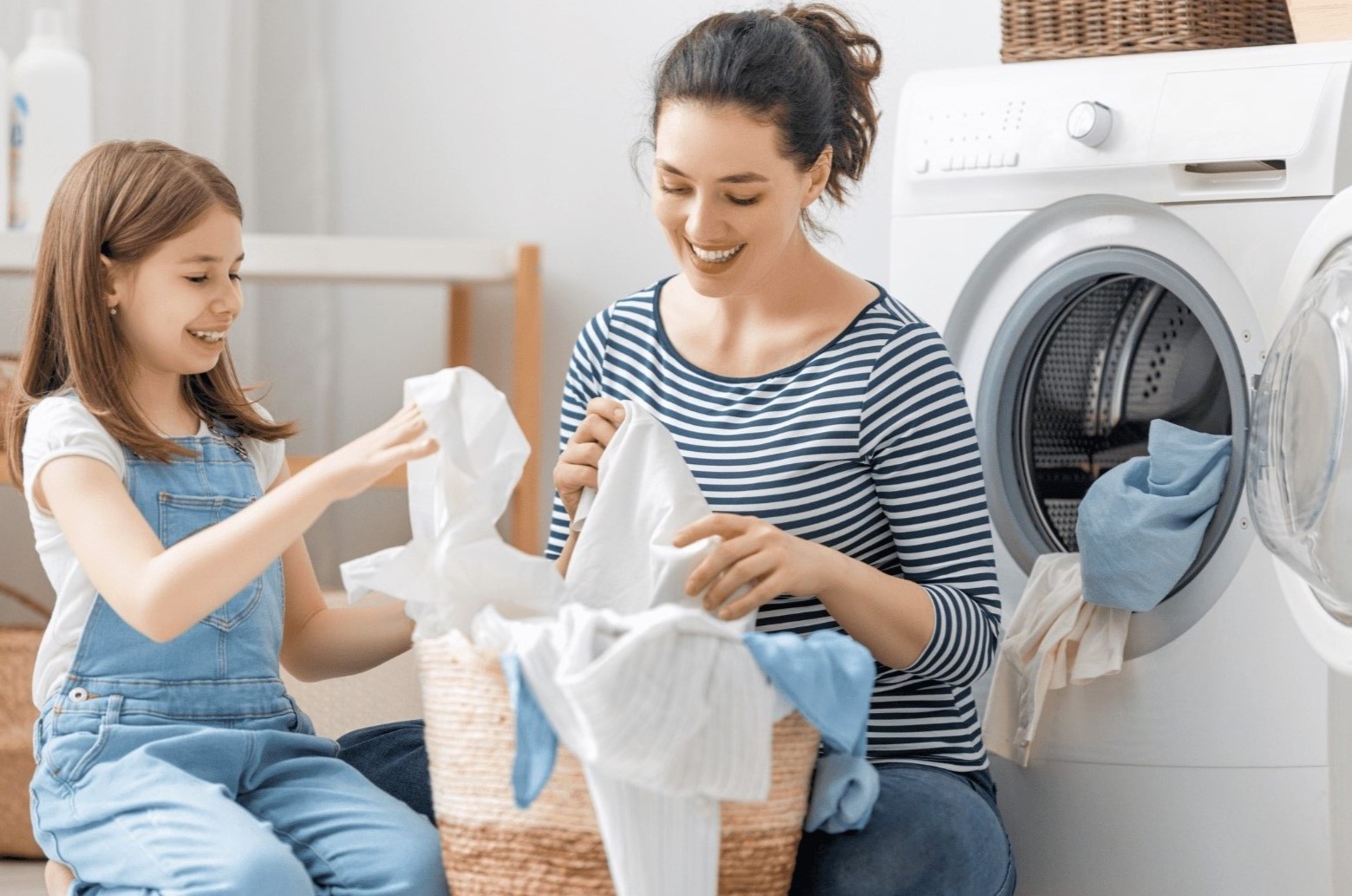
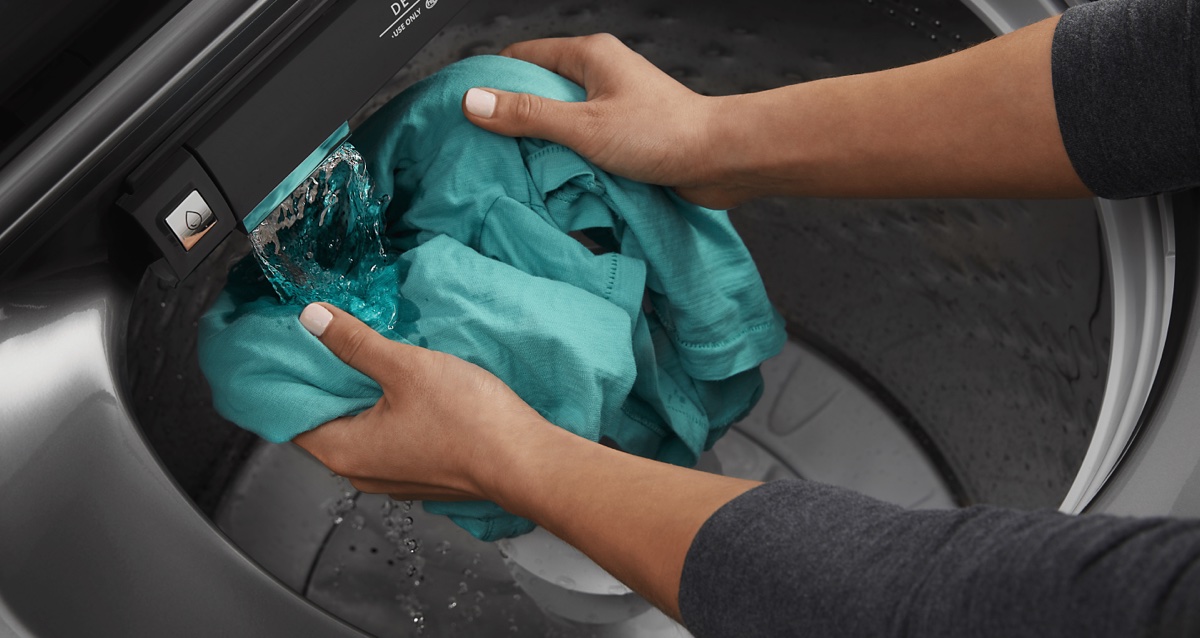
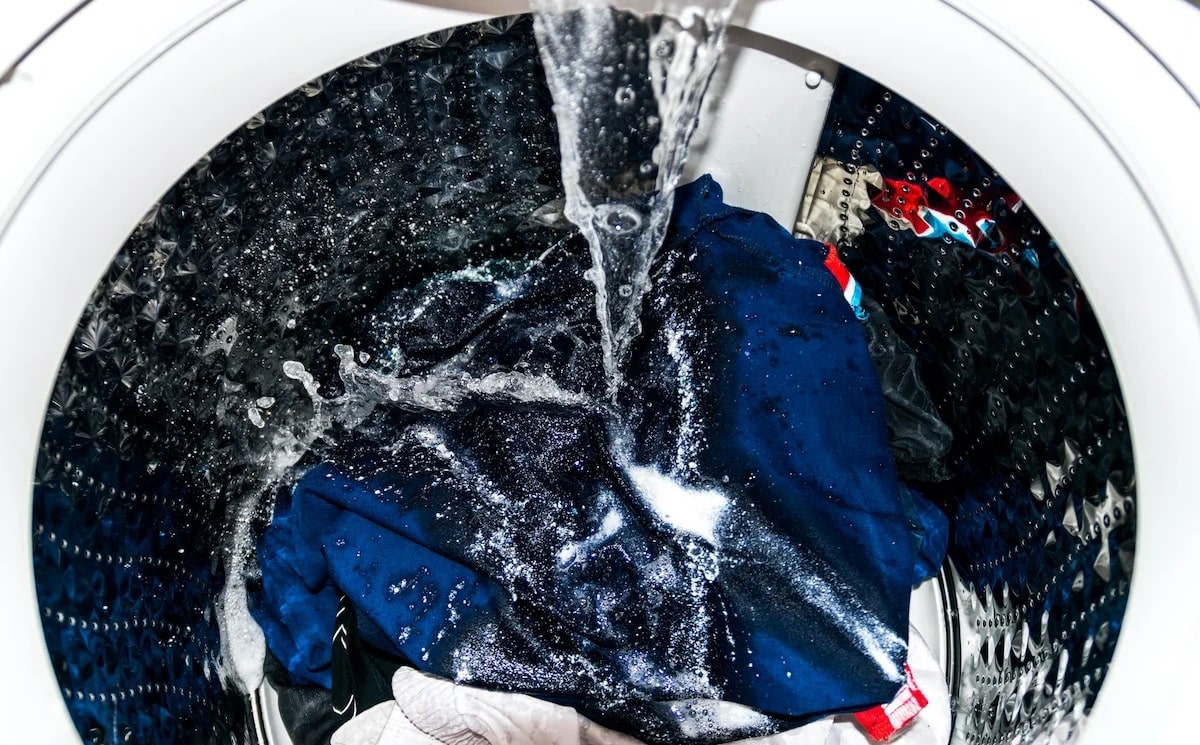
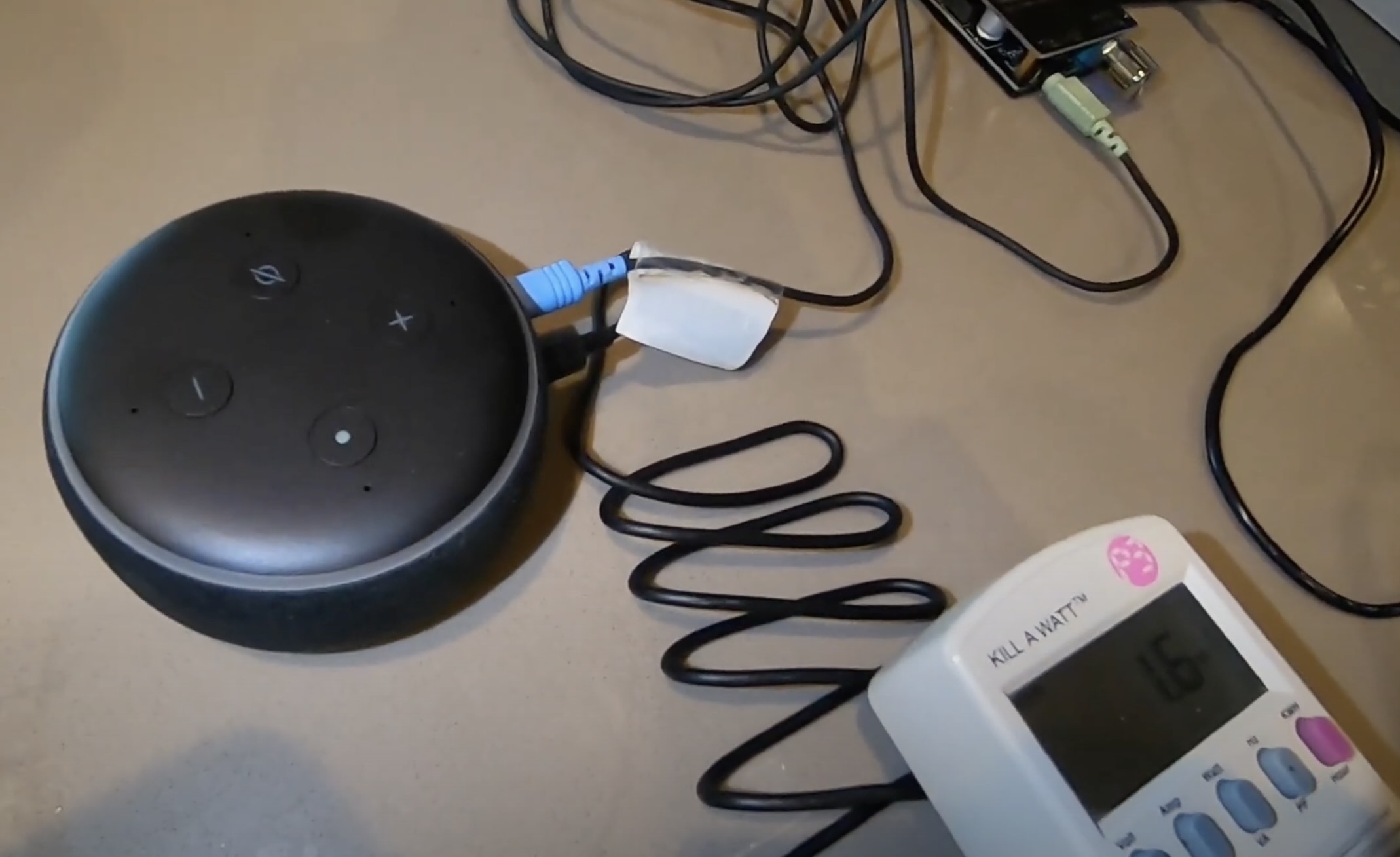

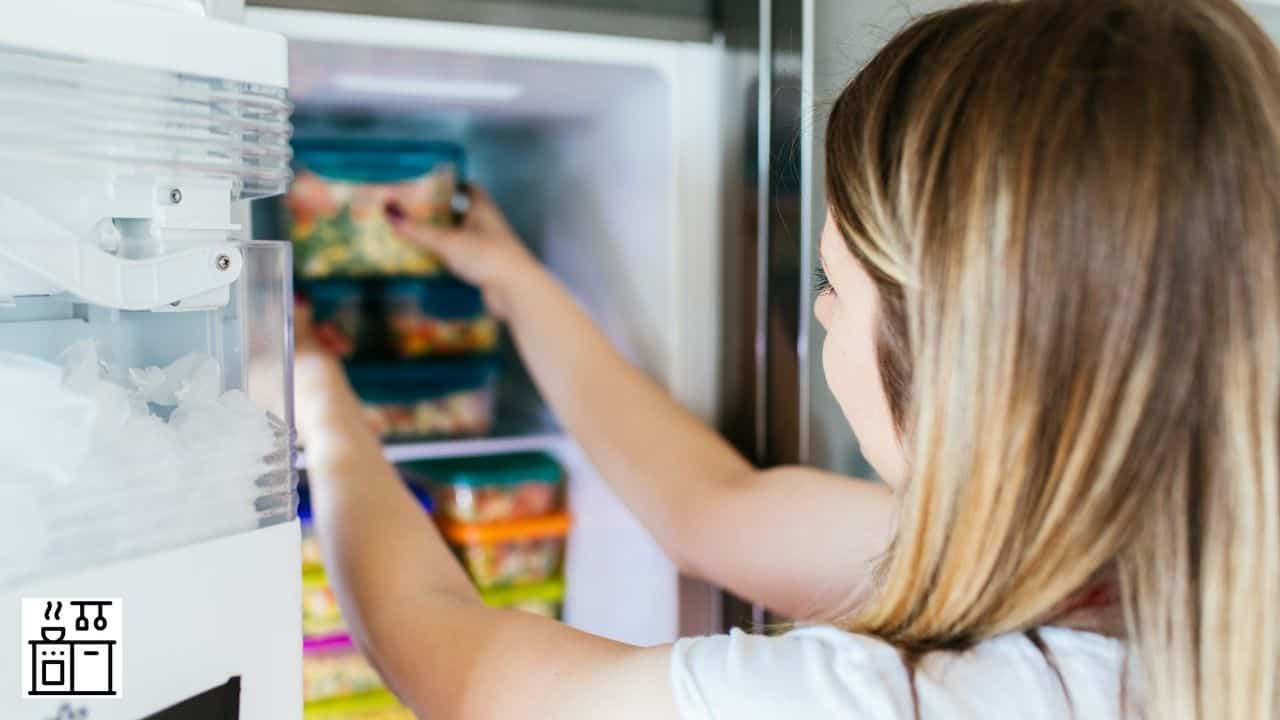
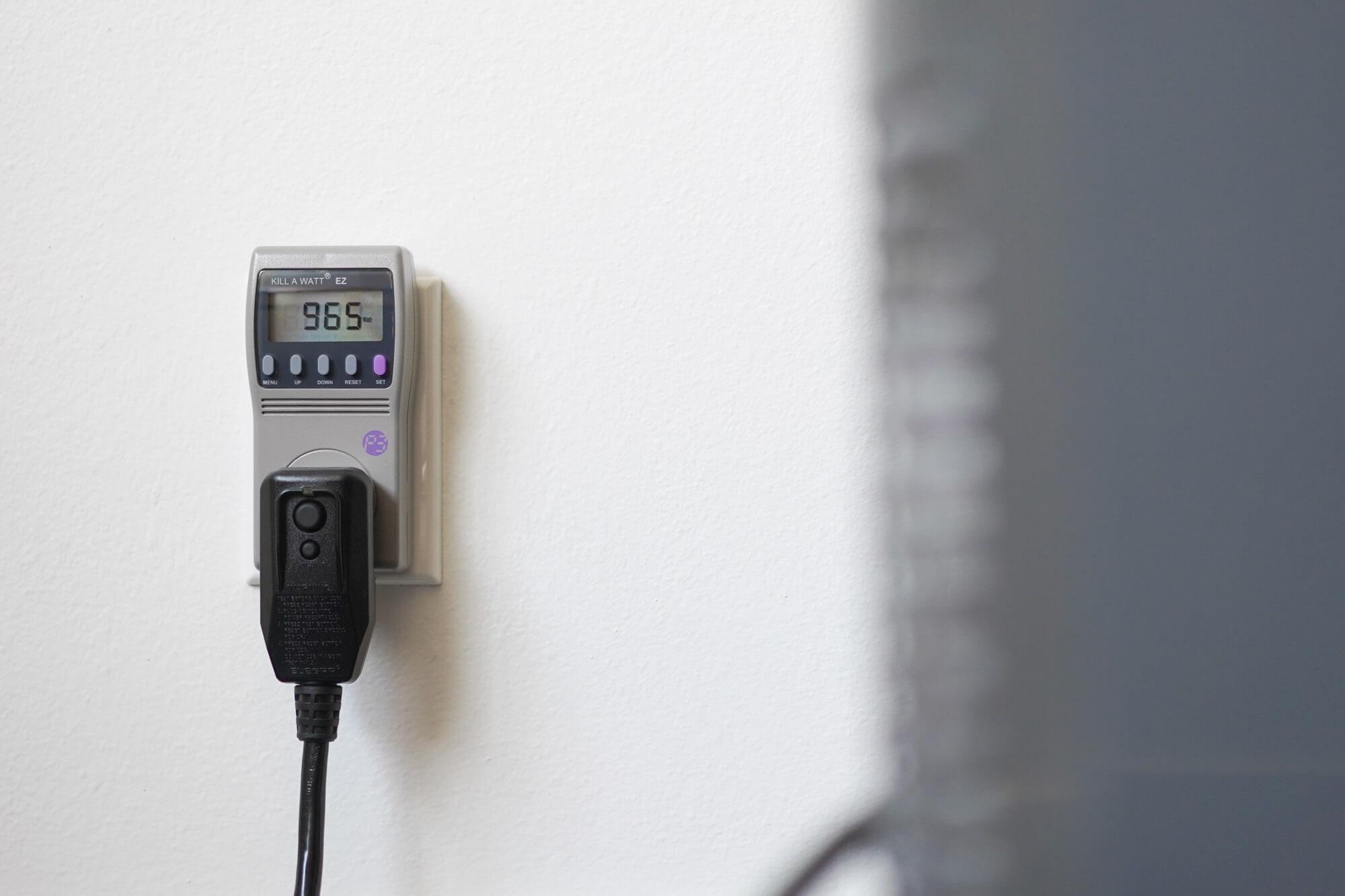
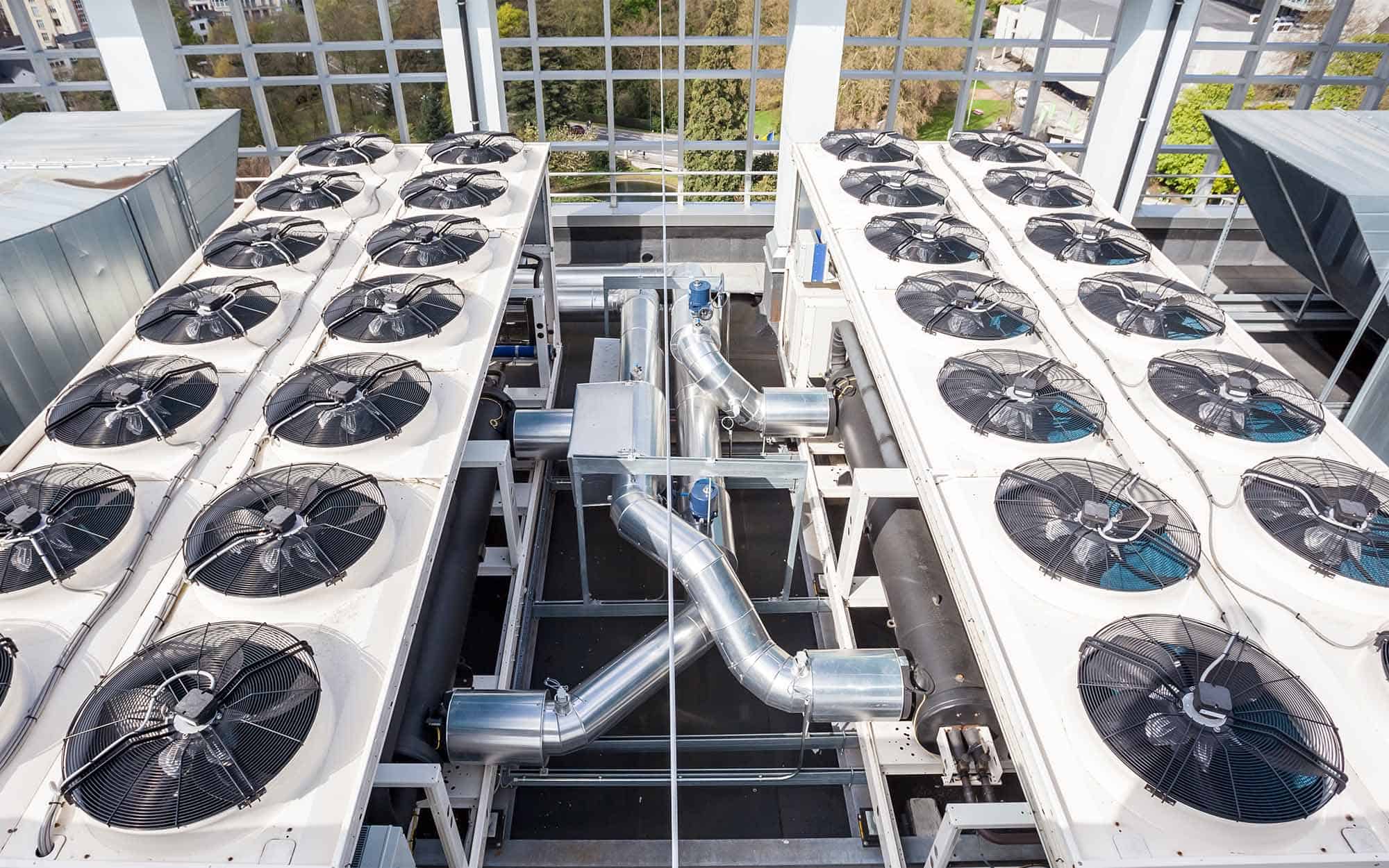
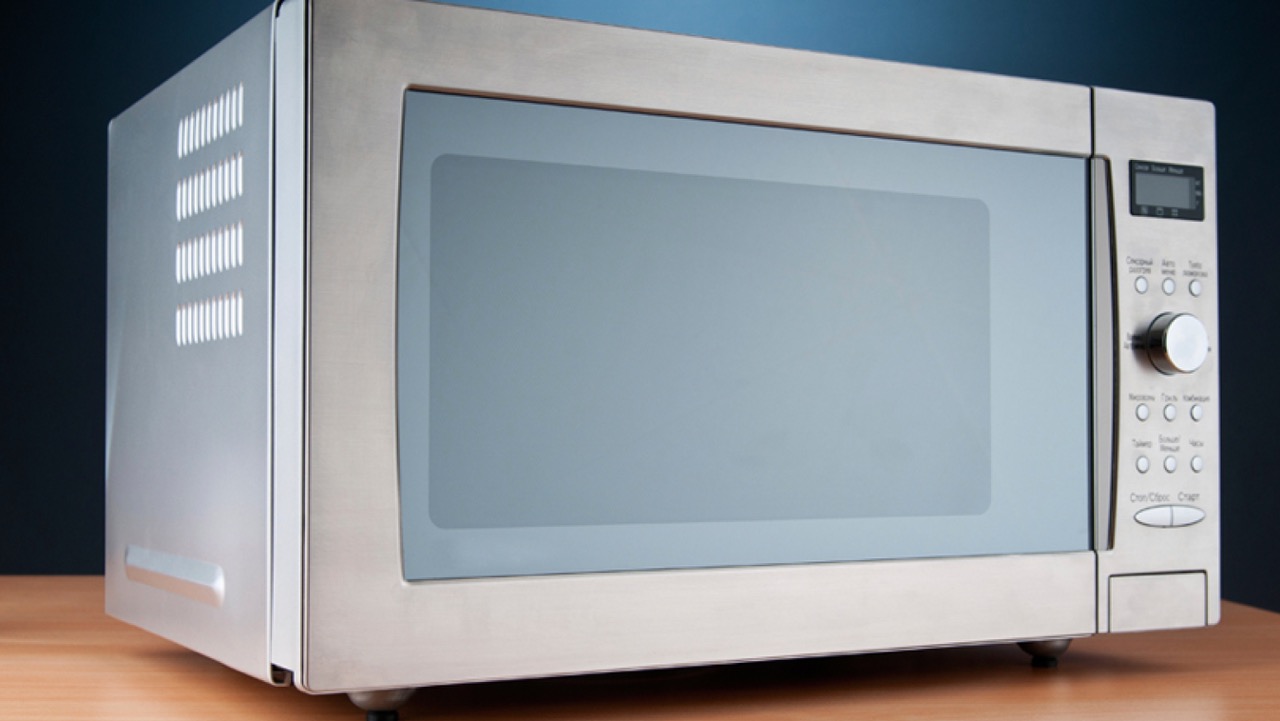
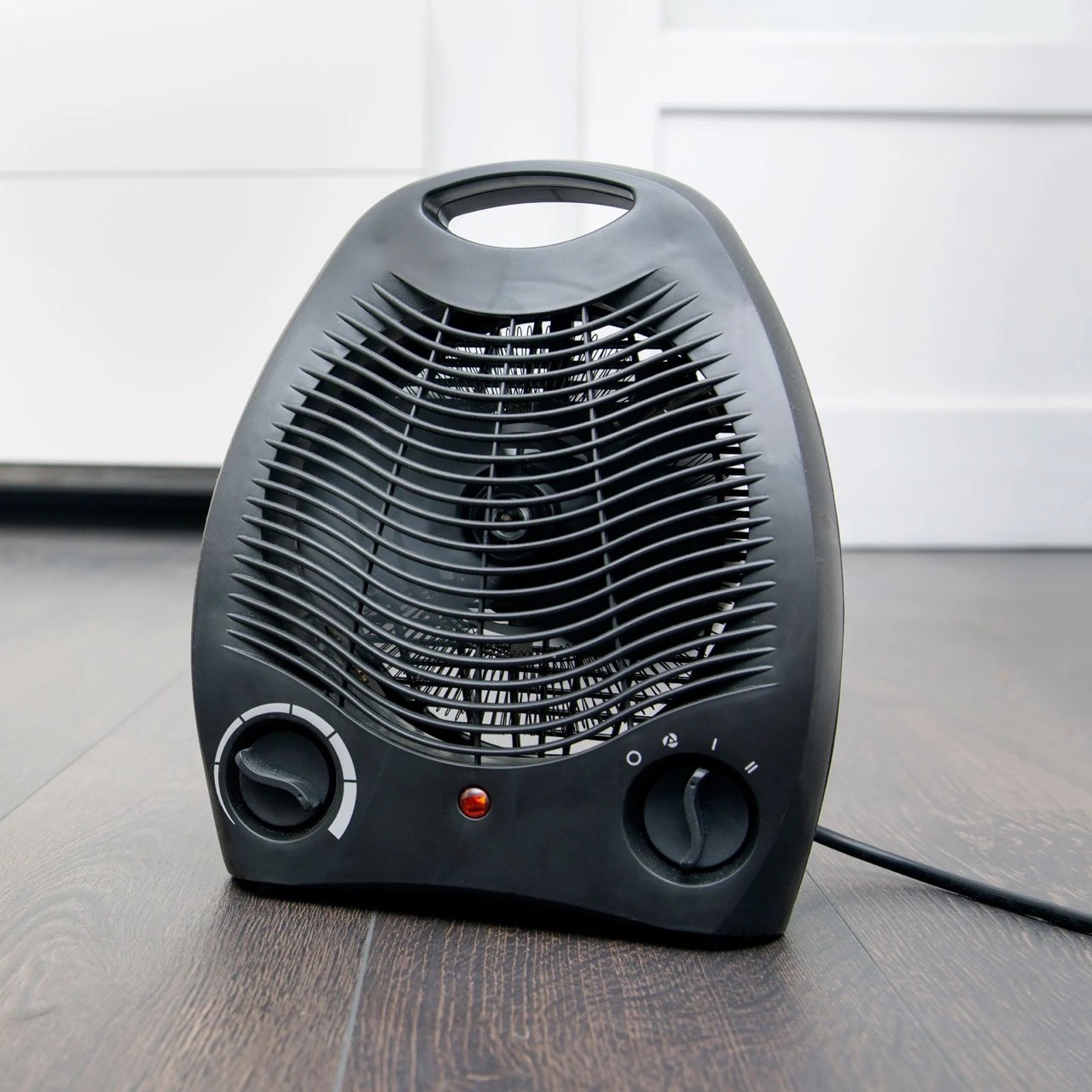
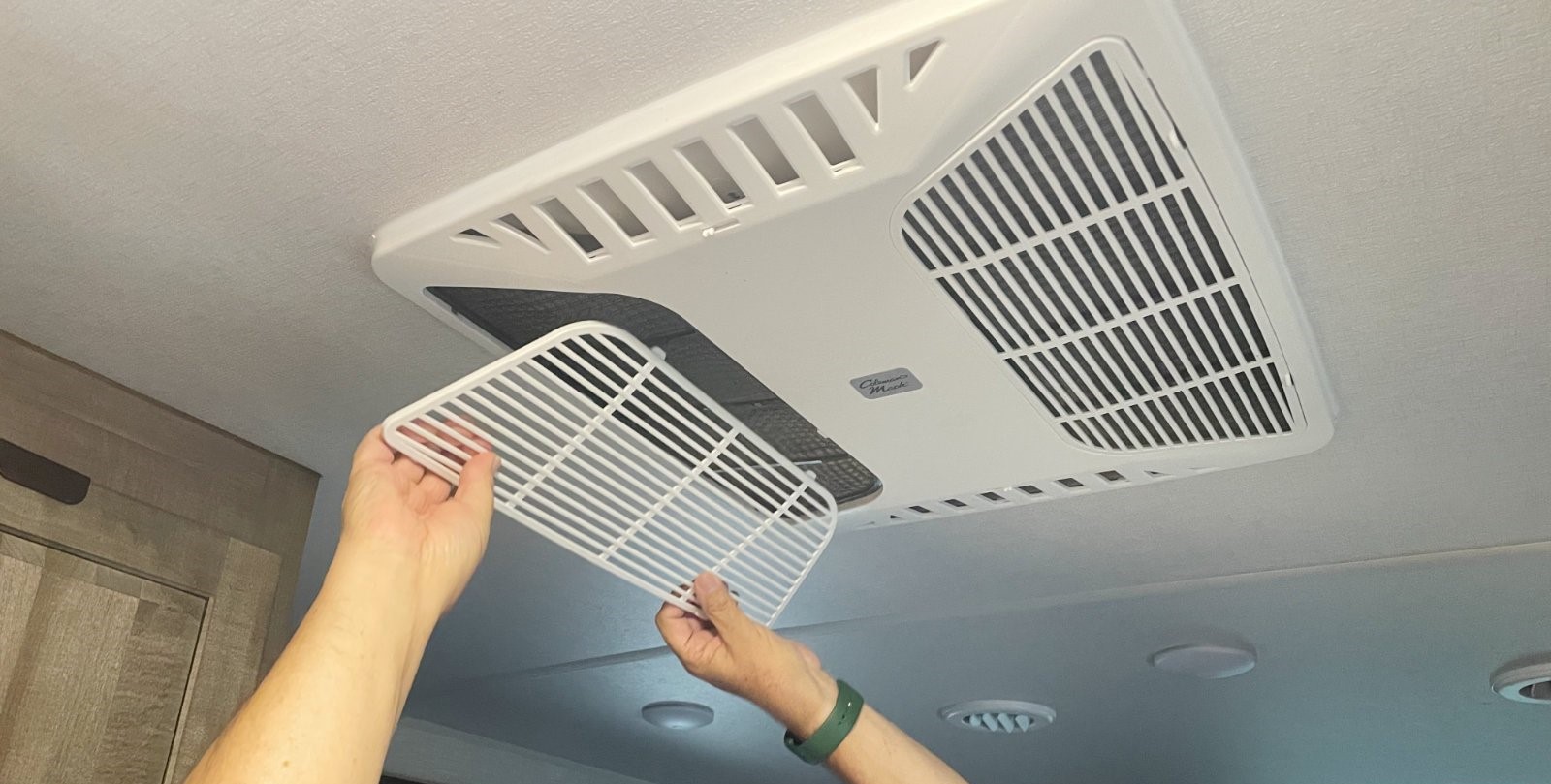

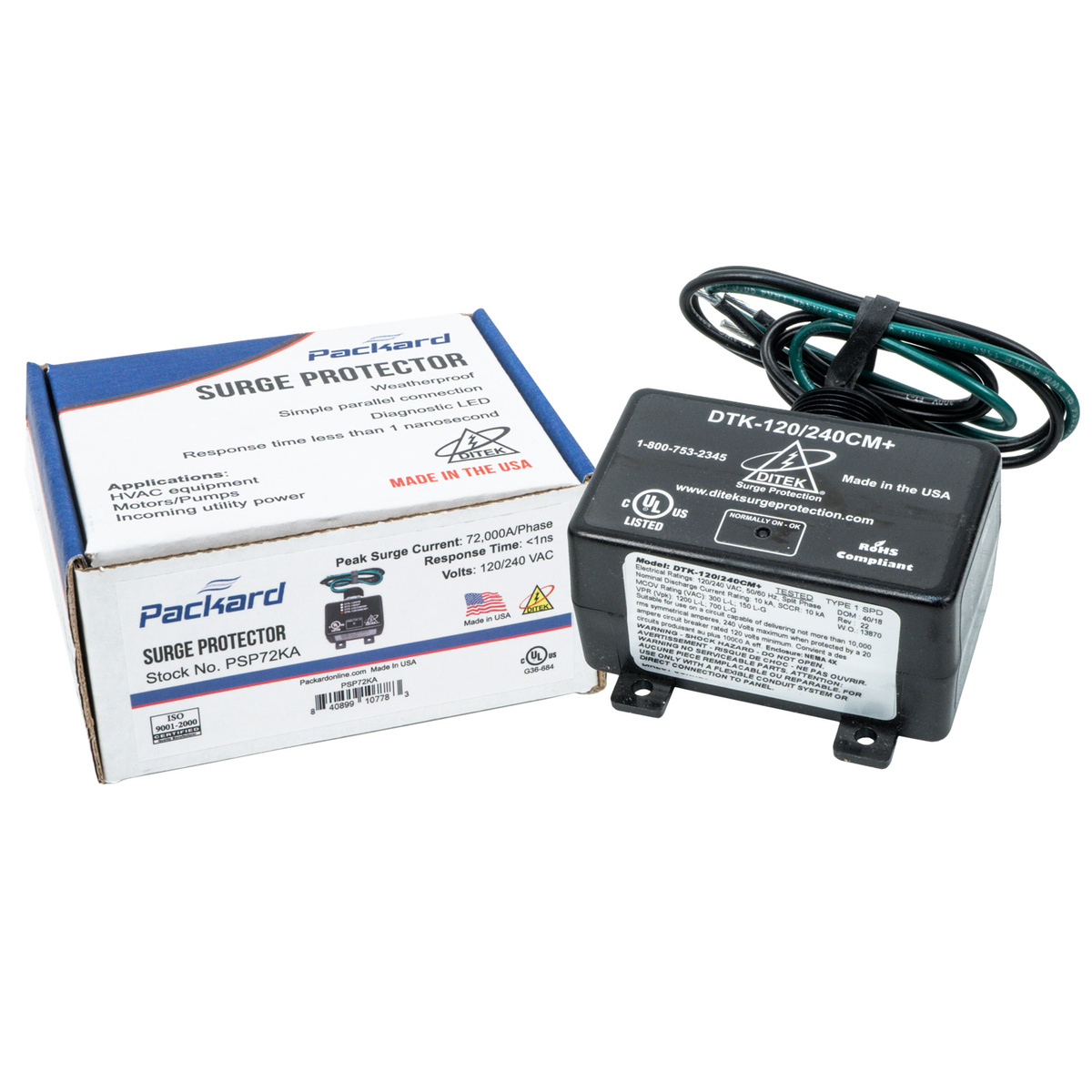
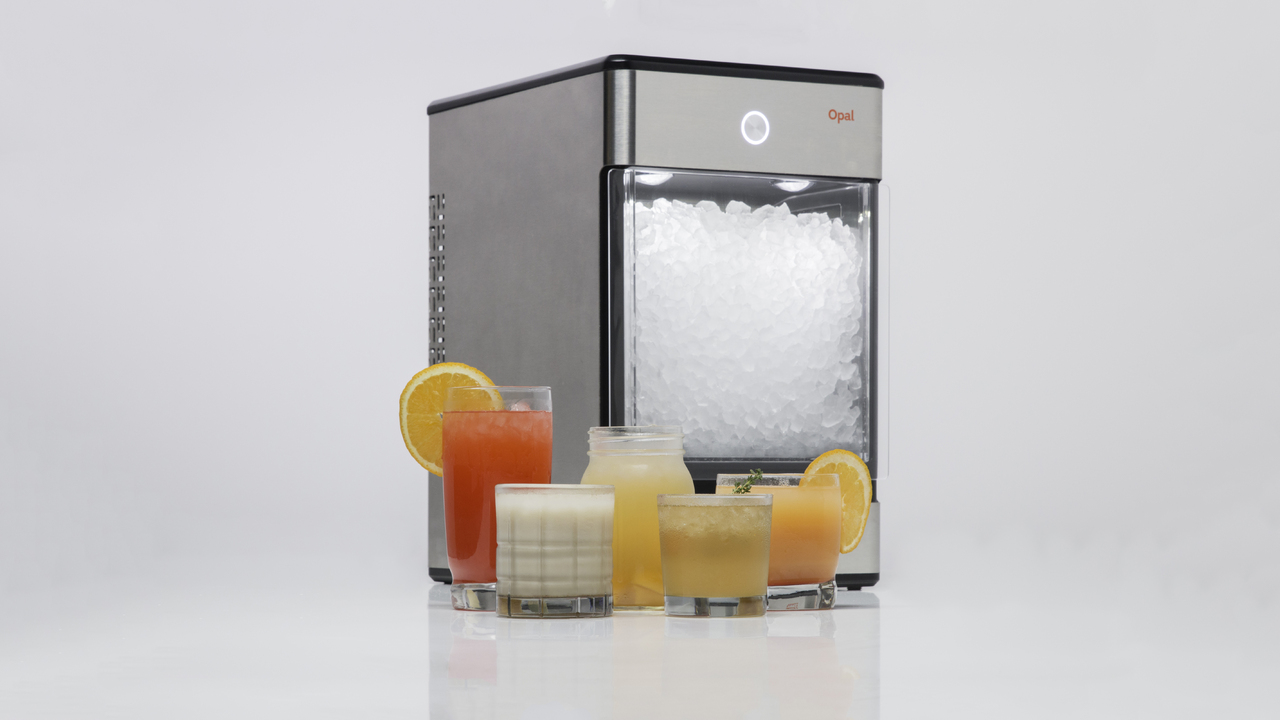

0 thoughts on “How Many Amps Does A Washing Machine Use”